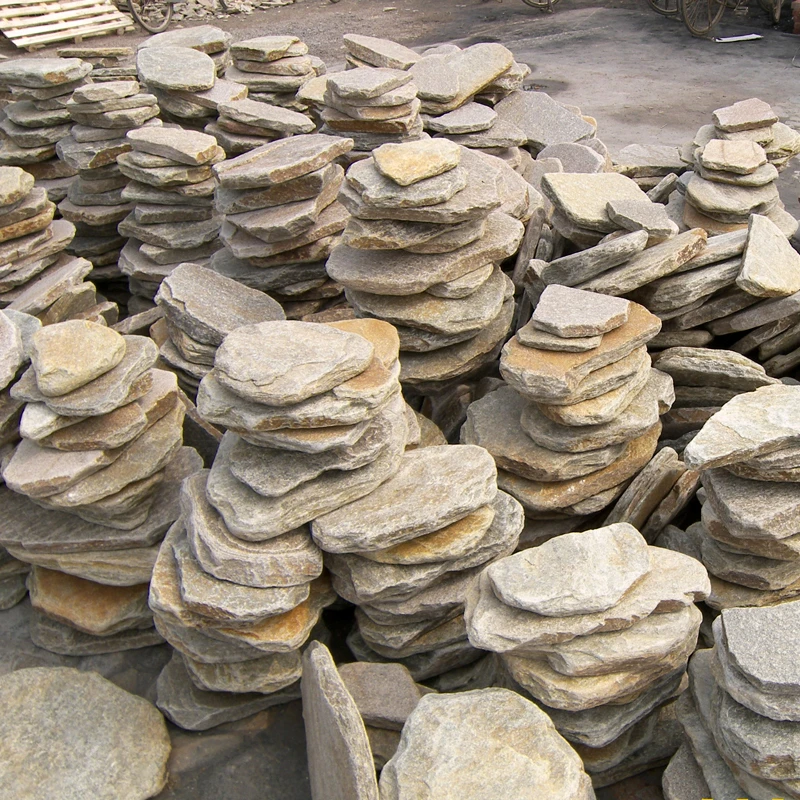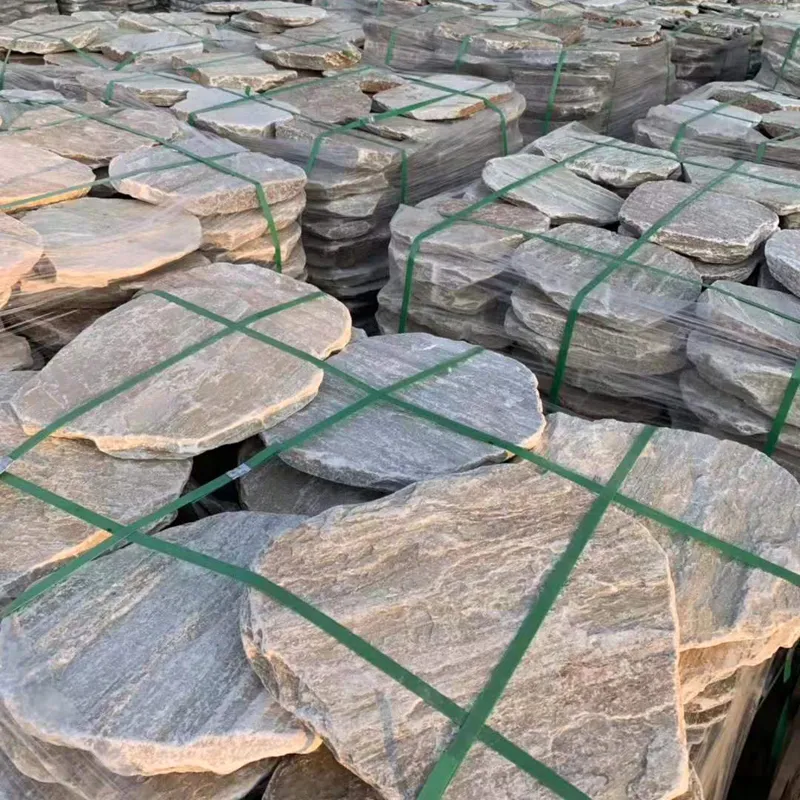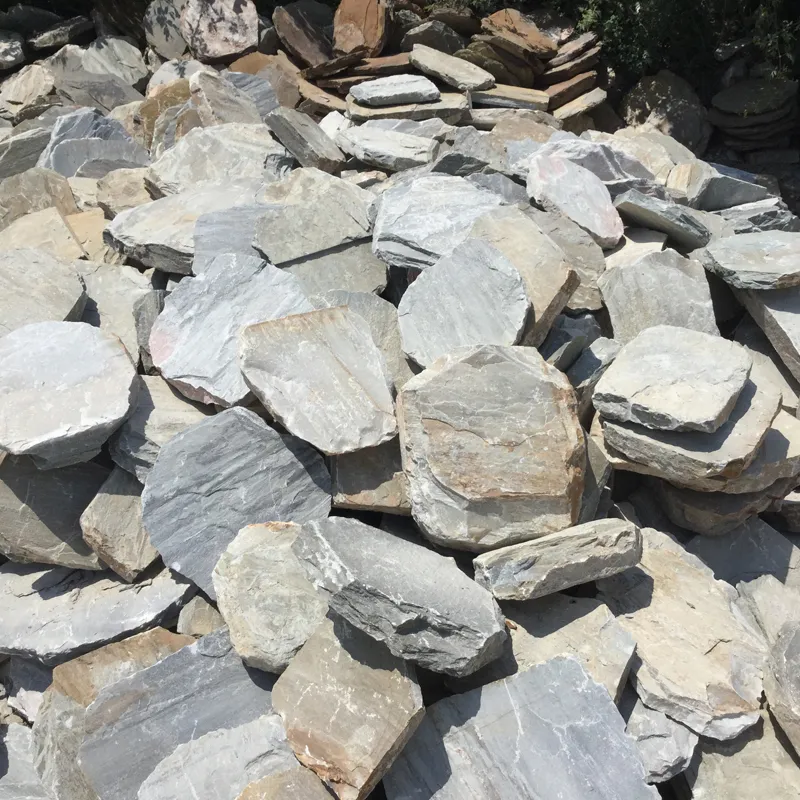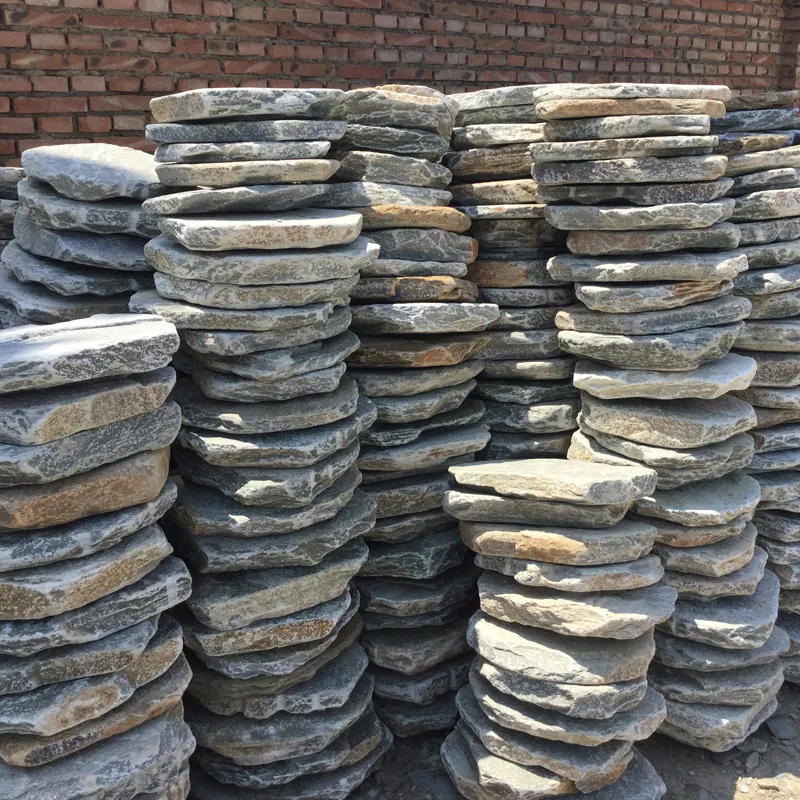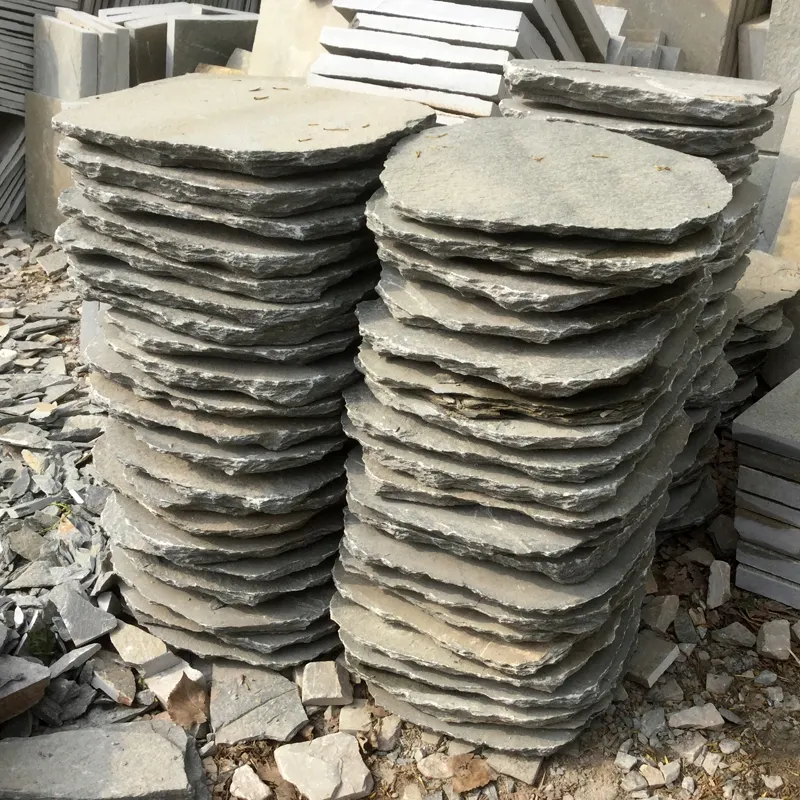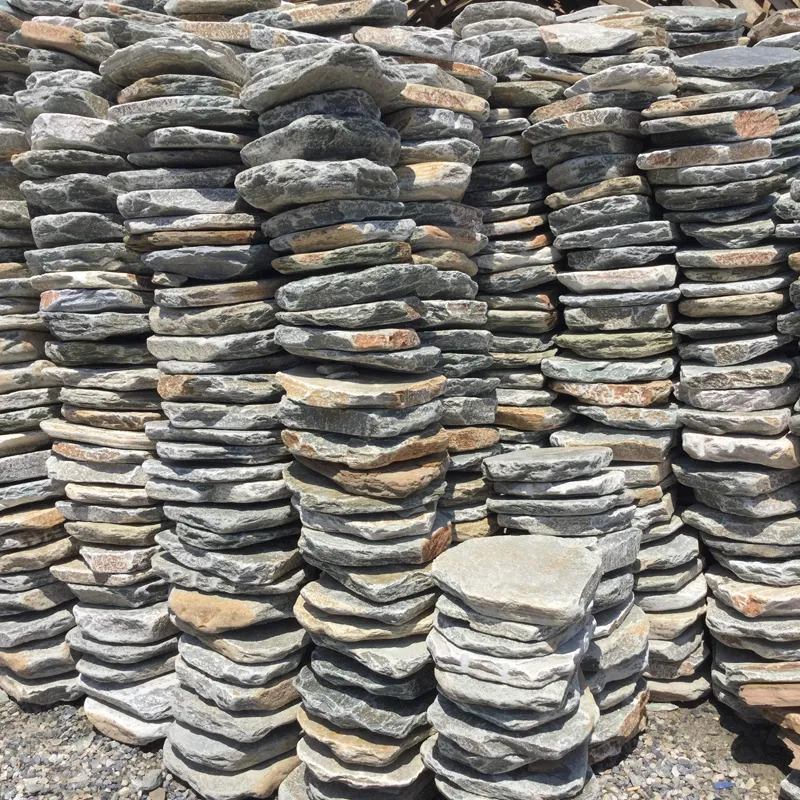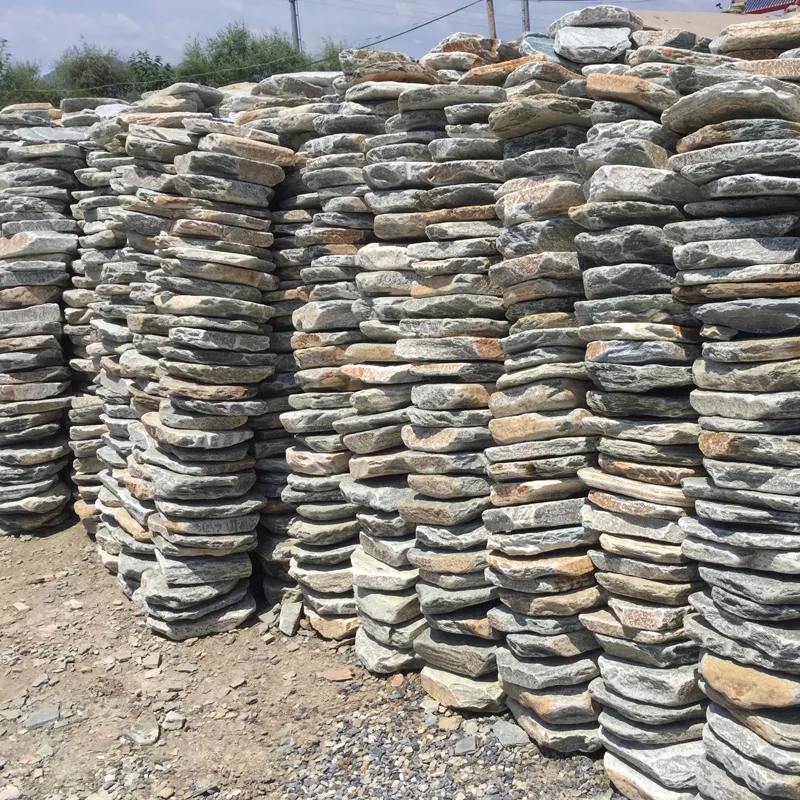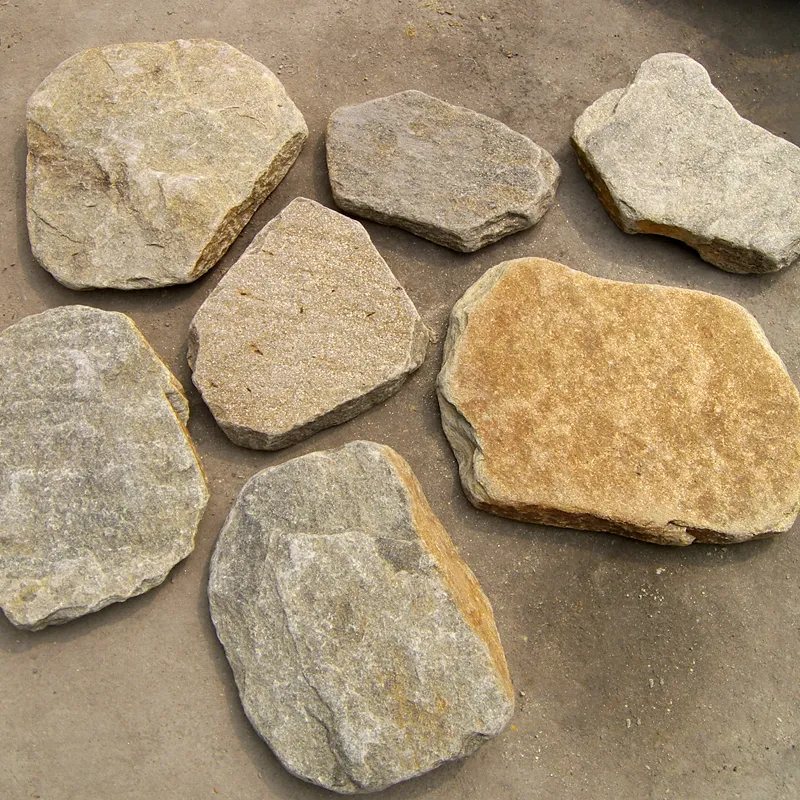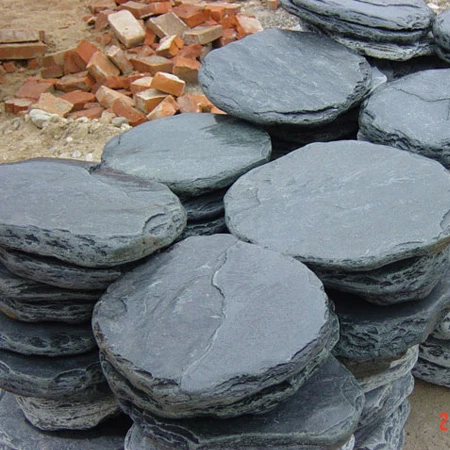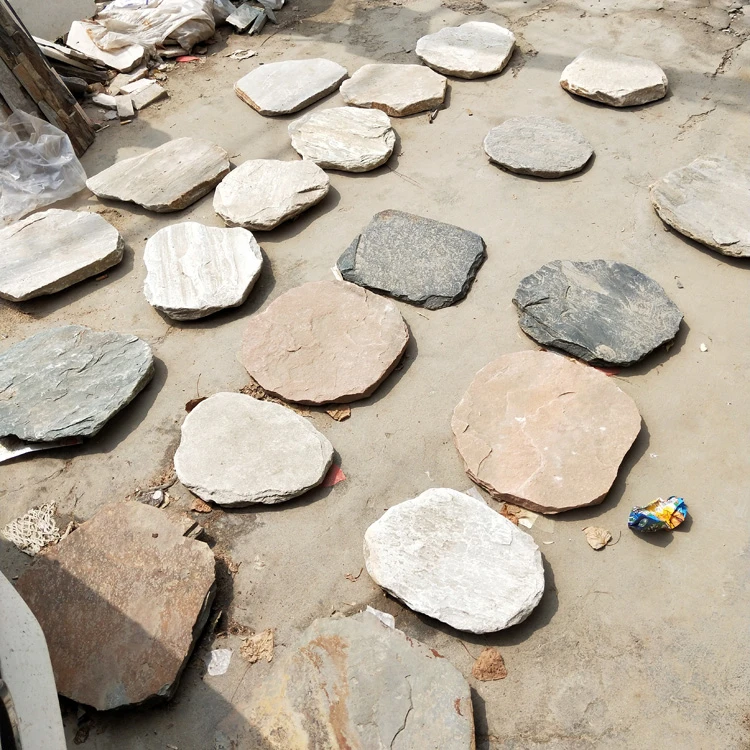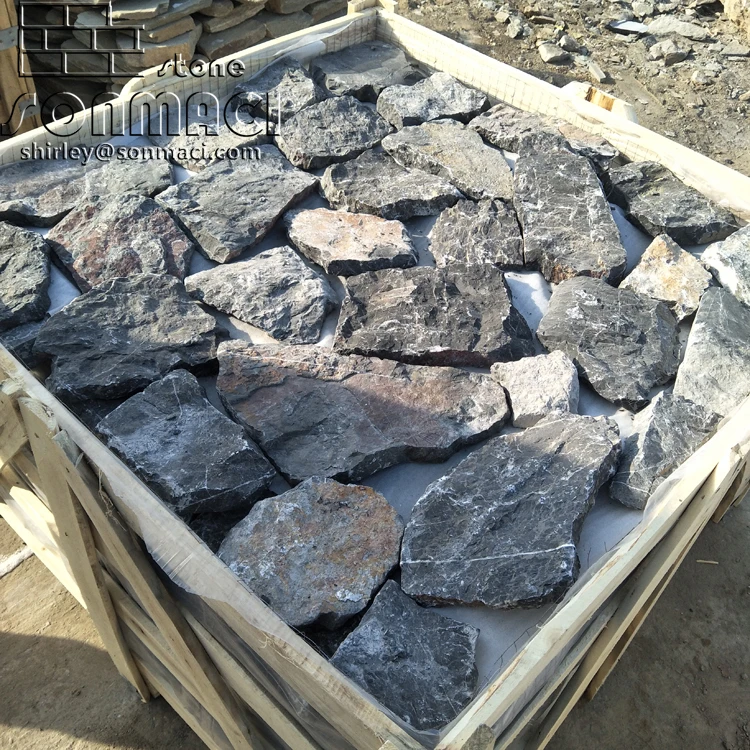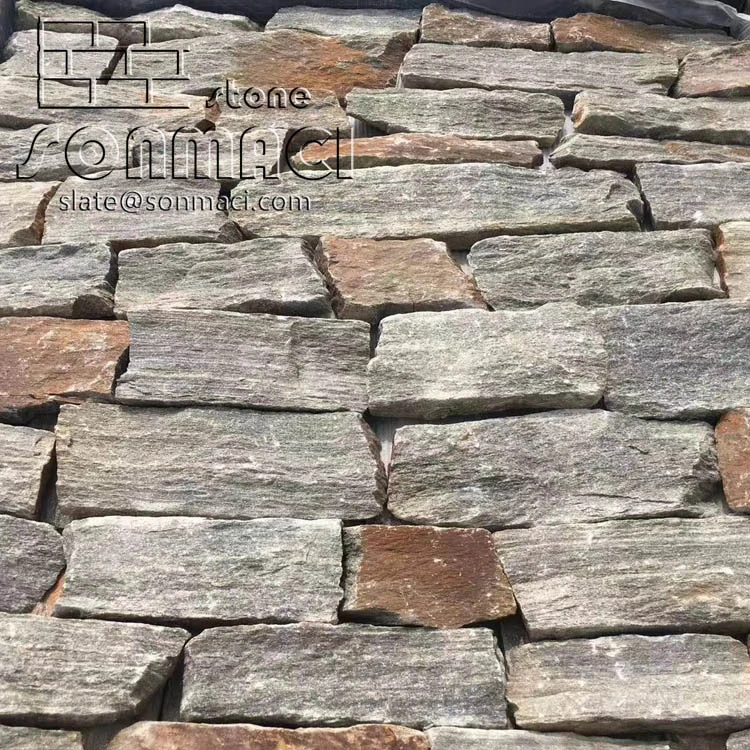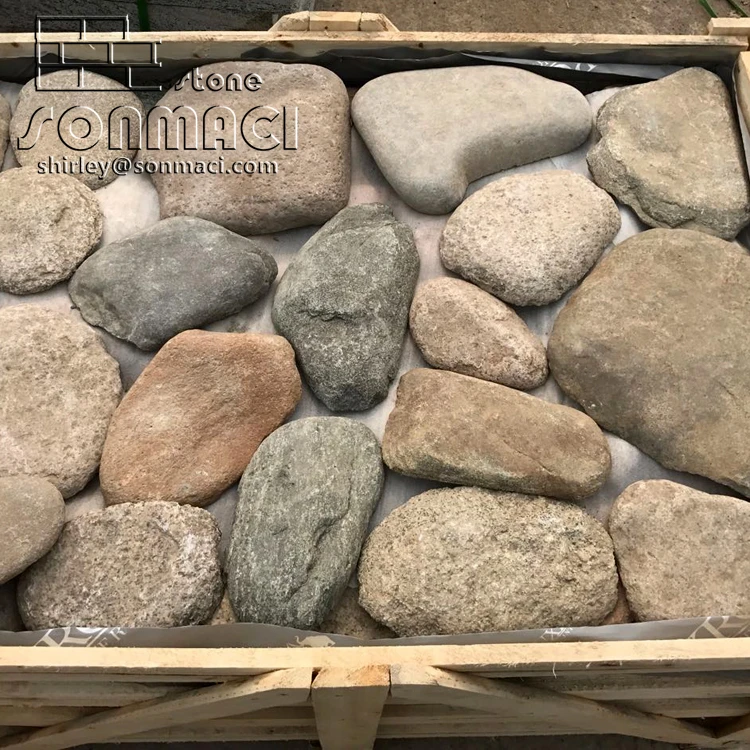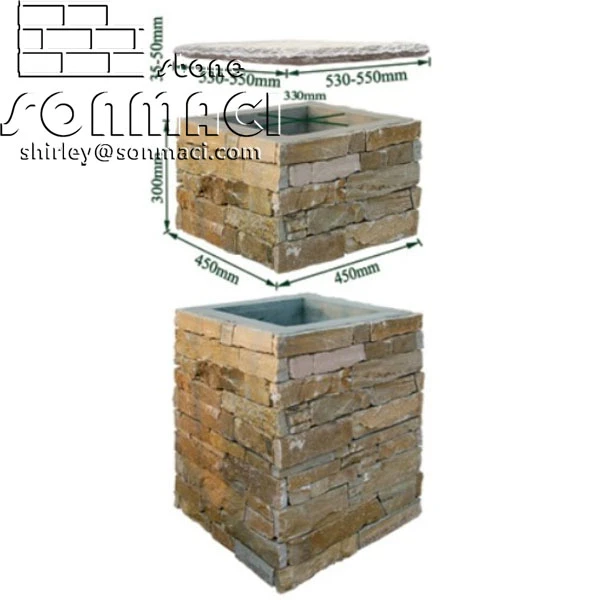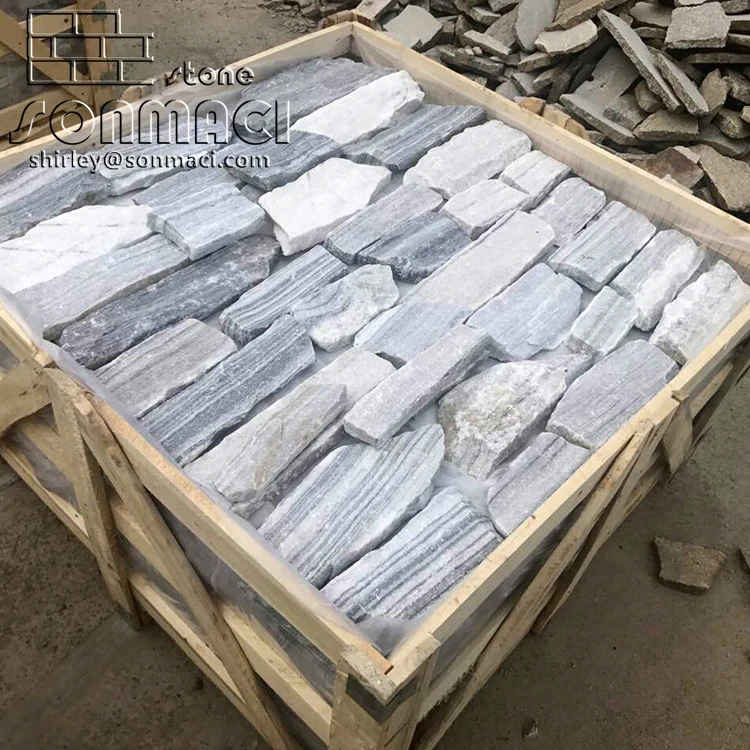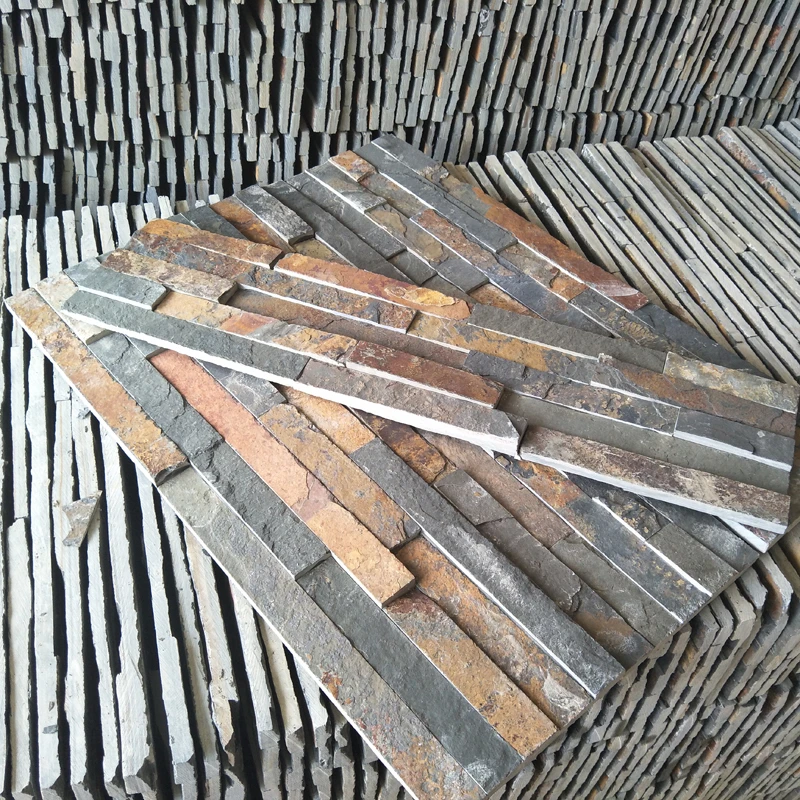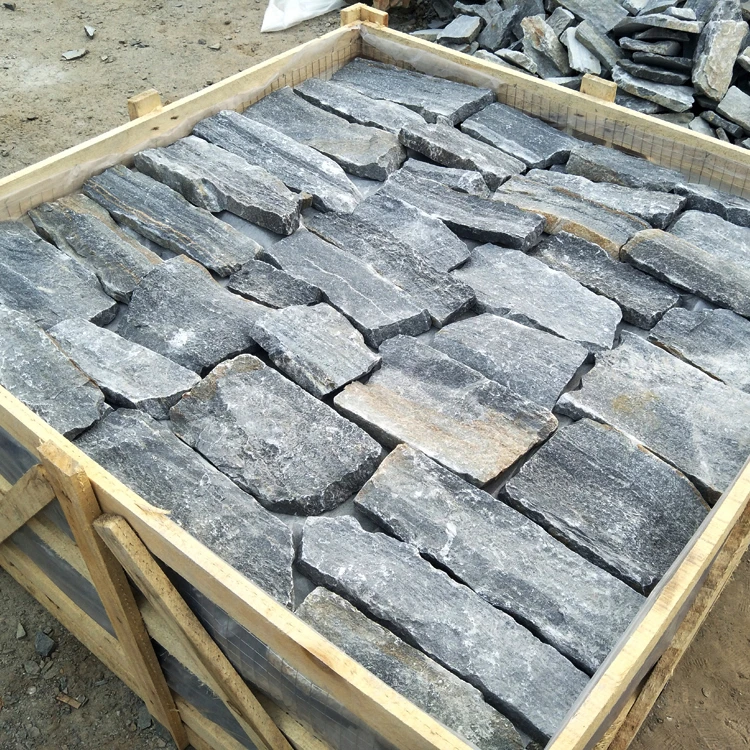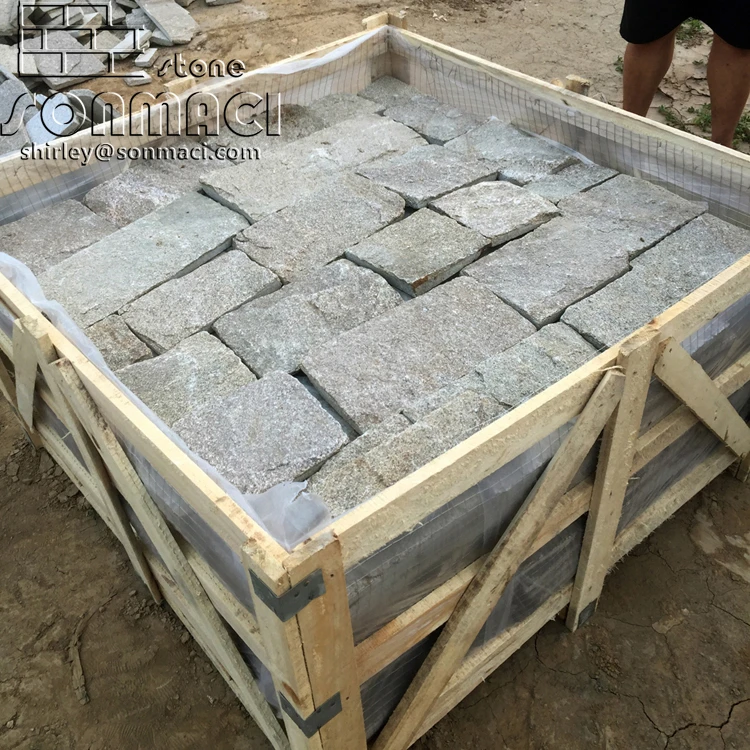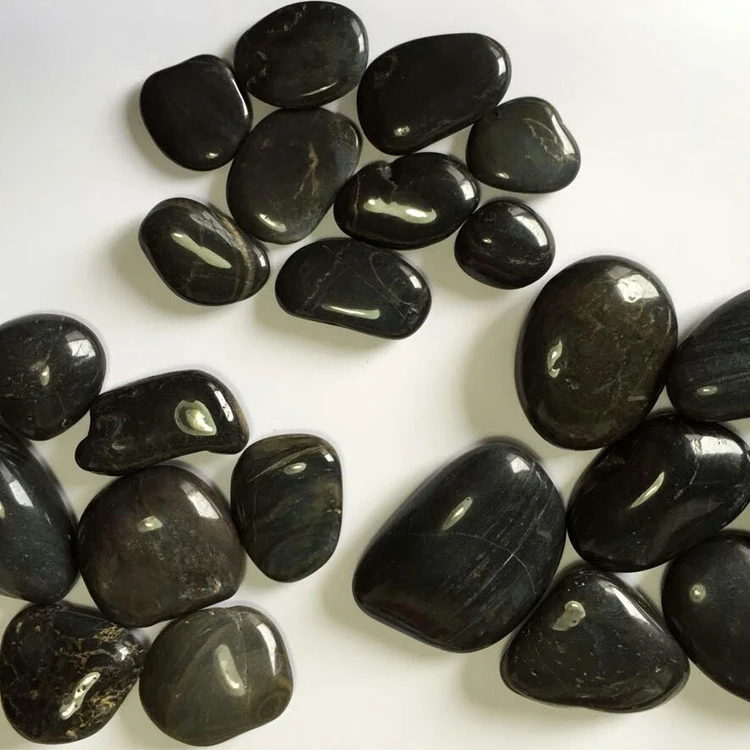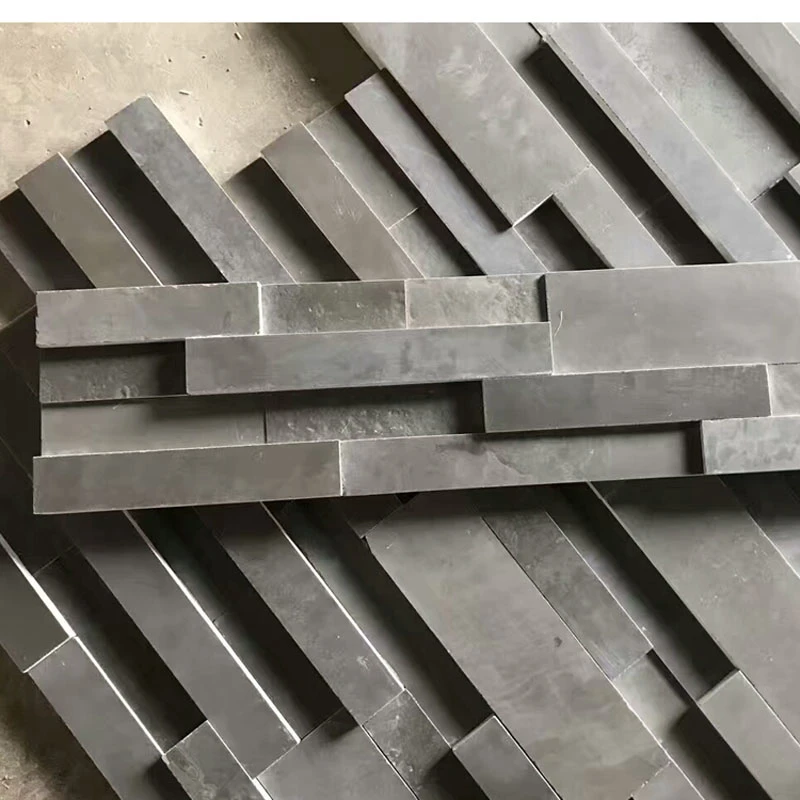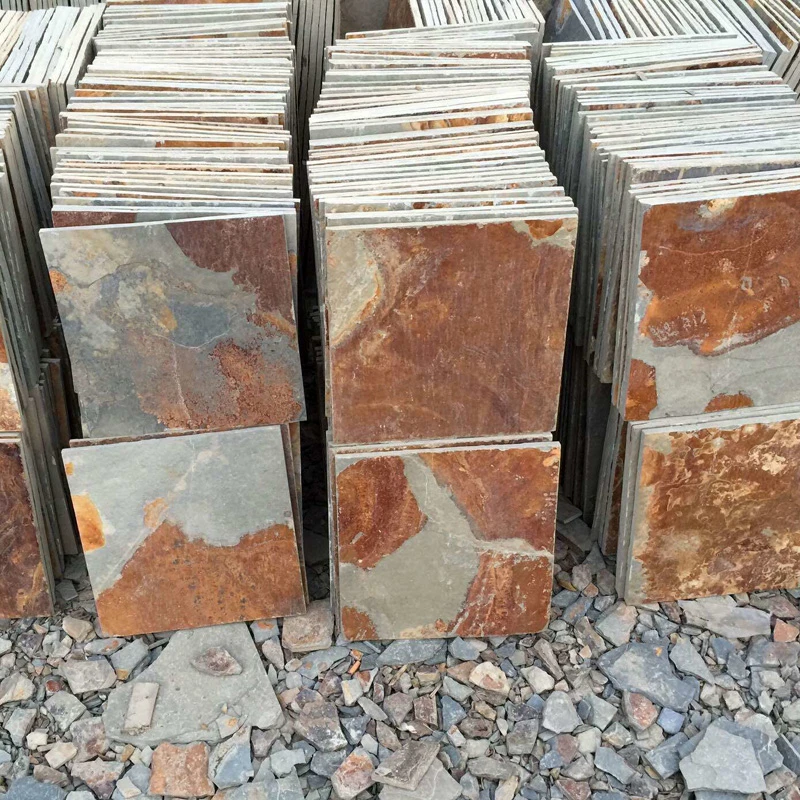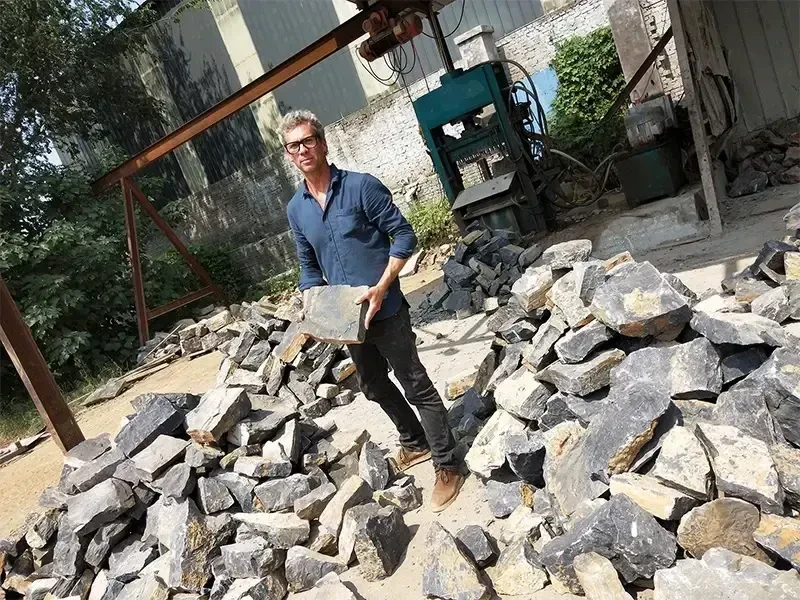China Natural Stepping Stone
|
products Name |
Stepping Stone/paving stone/floor stone/Landscaping stone/garden stone |
|
Material: |
Natural Stone, Slate, Quartz, Sandstone, limestone , Travertine, Granite, Marble |
|
Place of Original |
Hebei Province,China |
|
Stone Colors |
Grey, Beige,Black, White ,Rusty ,Green, Etc |
|
Type |
300-500cm/ can be customed size |
|
Size |
General size is 300*300mm/300*600mm/600*600mm |
|
Thickness |
3-5cm |
|
Surface Finishing |
Split /Tumbled |
|
Usage |
Landscaping stone/garden stone/decoration |
|
Packing |
Strong Fumigated Wooden Crates or Fumigated-free crates or according the customer’s requirements |
|
Payment Terms: |
T/T, Western Union, Paypal, etc.. against the copy of B/L |
|
Export Market : |
Europe, Australia, Middle East, America and so on |
The advantage of the stone building material
1)Easy for Installation
2)Convenient to clean
3)Good for health
4)Choice of high taste
5)Safety and environment protection
1,Cleanness, weathering-resistant, corrosion-resistant, sound-absorbing, waterproof, slippery-defending, radiation-free, so people can set their mind at rest. Slate is a natural building materials, the product was widely used in public building, yards, parks swimming pools, hotels and restaurants, etc.
2,The slate has a long history, it was mined from the mineral deposit that was formed in hundreds of millions of years.
3, Every slate is one and the only one, like a natural frames. The texture is rich, the color and lustre is quaint and strong resistance to pressure.
4, It panders to the idea of advocate nature and back to nature because it puts the stone connotation and the artistry together.
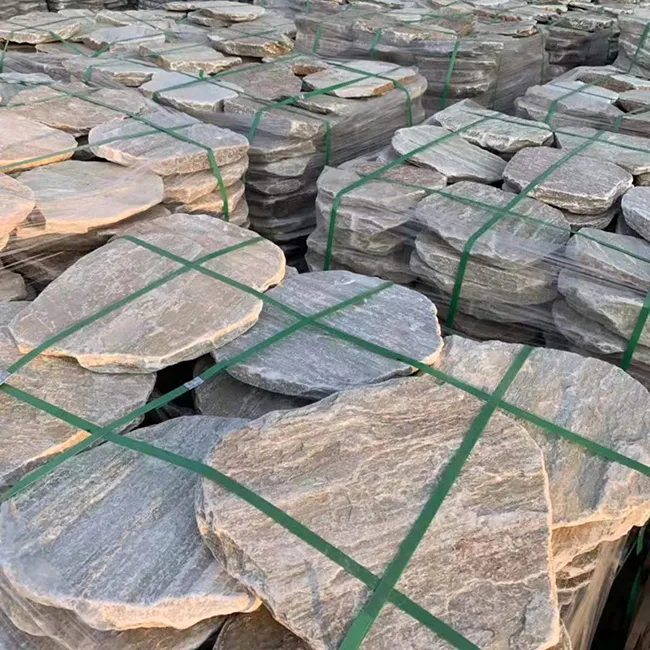
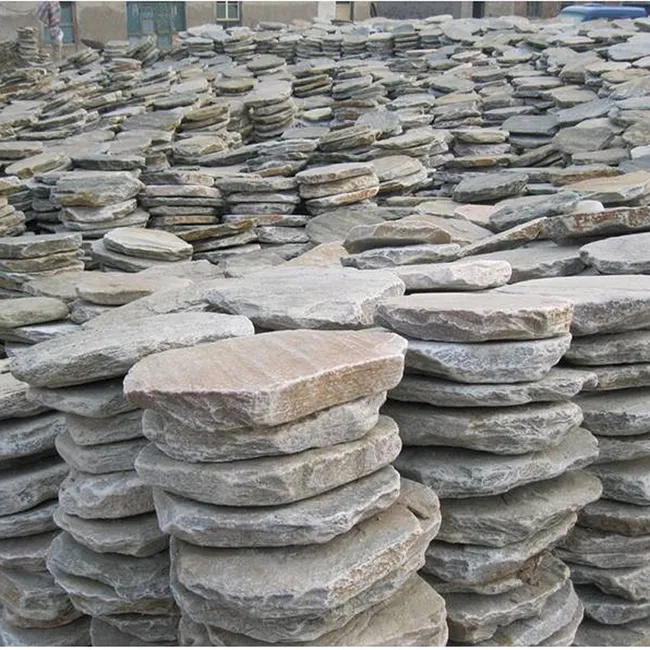
Natural Stepping Stones for Gardens
A garden adorned with natural stepping stones becomes more than just a functional pathway—it transforms into a journey through texture, form, and time. These unrefined slices of geology, shaped by centuries of natural forces, offer a tactile connection to the earth that manufactured materials cannot replicate. Each stone carries the unique imprint of its origin, whether it’s the swirling fossils of limestone, the crystalline sparkle of quartzite, or the rugged clefts of sandstone, creating an organic trail that feels as though it emerged naturally from the landscape rather than being imposed upon it.
Functional advantages make natural stepping stones as practical as they are beautiful. Their porous surfaces provide natural traction, remaining slip-resistant even when wet—a crucial safety feature often lost with polished materials. The thermal mass of stone moderates temperature extremes, staying cool under summer sun while radiating residual warmth during evening garden enjoyment. Strategically placed stones protect delicate root systems from compaction in high-traffic areas, and their permeability allows rainwater to recharge soil moisture rather than creating runoff. These practical benefits emerge quietly, without compromising the stones’ primary role as aesthetic elements that enhance rather than dominate their surroundings.
Designing with natural stepping stones requires an understanding of both visual rhythm and ergonomic pacing. The spacing between stones influences gait and attention—closer placements create a formal promenade feel, while wider intervals suggest a more exploratory journey through the landscape. Skilled designers use the stones’ natural shapes to guide movement, rotating them to subtly direct views toward garden focal points or framing particularly beautiful plant specimens. The color and texture of selected stones can either recede quietly into the background, allowing plants to take center stage, or become bold contrasting elements that anchor design compositions.
Ecologically, natural stepping stones represent one of the most sustainable hardscape choices. Requiring minimal processing beyond extraction and shaping, their environmental footprint remains small compared to manufactured alternatives. When locally sourced, they connect the garden to regional geology, creating a sense of place that exotic materials cannot provide. The stones’ longevity ensures they’ll outlast multiple generations of plantings, and their eventual return to the earth leaves no trace of synthetic materials behind—a full lifecycle approach increasingly valued in responsible garden design.
Creative applications continue to expand how natural stepping stones enhance outdoor spaces. Moonlight gardens utilize pale granite stones that glow softly at night, while woodland paths might incorporate flat shale pieces that mimic fallen leaves. Some designers arrange stones in deliberate patterns that emerge only when viewed from specific vantage points, adding layers of discovery. Others allow the stones to appear randomly placed, though their positioning actually follows careful consideration of drainage, erosion control, and visual balance—a studied naturalism that appears effortless.
Seasonal dynamics reveal new dimensions of natural stepping stones throughout the year. Winter frost highlights their textured surfaces with delicate crystal patterns, while spring rains intensify their colors and reveal hidden mineral deposits. Summer sunlight brings out warm undertones in the stone, and autumn transforms them into islands amid falling leaves. This ever-changing relationship with weather and growth cycles makes stone pathways living elements of the garden rather than static infrastructure.


